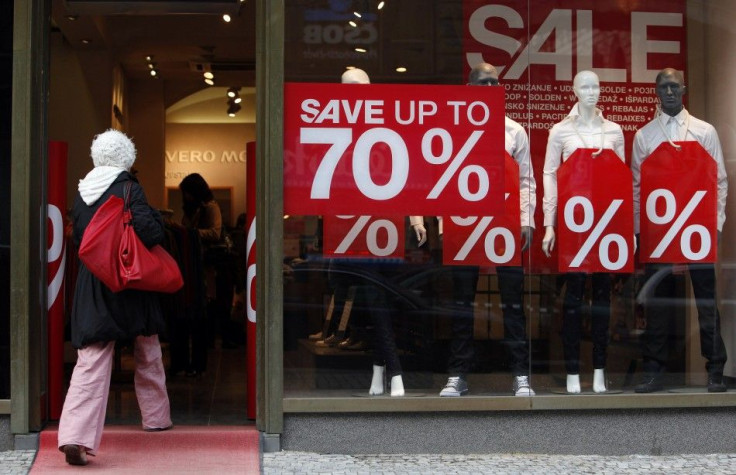Labor Day: A Look at the Holiday's Controversial Origins

All working Americans embrace Labor Day as an opportunity to extend summer's last gasp. But beyond that, most of us don't give much thought to why Labor Day is a holiday in the first place.
There is some disagreement on how, where and why Labor Day first came into existence. According to the U.S. Department of Labor, many historians believe that Matthew Maguire proposed the holiday in 1882 when he was secretary of the Central Labor Union in New York.
But there are conflicting records that point to Peter J. McGuire, general secretary of the Brotherhood of Carpenters and Joiners and a cofounder of the American Federation of Labor, as the founder of Labor Day. America's Union Movement describes McGuire as the father of both Labor Day and May Day and credits him with organizing members of New York's Central Labor union to hold a festive parade through the streets of the city on Sept. 5, 1882, the day that is commonly known as the very first Labor Day in the United States, though it would not become a national holiday until two years later.
There are some who prefer to trace Labor Day's origins to Canada, where McGuire is believed to have been given the idea for a workingman's holiday while speaking at a labor festival in the summer of 1882.
In any case, Labor Day became an official national holiday in 1894, in what some have viewed as a concession on the part of U.S. President Grover Cleveland after he ordered a military reponse to the Pullman railroad strike and protesters were killed by U.S. marshals.
The Pullman Palace Car Company was founded in 1880 in Pullman, Ill., and described in a 2001 episode of News Hour with Jim Lehrer as a utopian workers' community insulated from the moral (and political) seductions of nearby Chicago.
The business and the self-contained community thrived for over a decade until it was battered by the nationwide economic depression of 1893. Though workers' wages were cut, their rents -- which were automatically deducted from their paychecks -- remained static, and the disenfranchised workers organized a walkout. The strike was quickly thrust into the national spotlight after workers in the American Railway Union boycotted trains carrying Pullman cars, in a show of solidarity. President Cleveland declared the strike a federal crime and made the ill-fated decision to send in troops to deploy it.
The violence sparked a national outrage and brought labor and worker's issues to the forefront of the nation's political agenda -- during an election year. Congress brought a bill proposing a national Labor Day to the President within days of the military response, and he signed the bill in the hopes that the concession might win him votes.
He was not re-elected.
Today, Labor Day does not much resemble the day for which the toilers in past centuries looked forward, when their rights and their wrongs would be discussed, as Samuel Gompers, head of the American Federation of Labor, described it in 1898. Gombers imagined that holidaying workers might touch shoulders in marching phalanx and feel the stronger for it.
This coming Monday, the only place holidaying workers will touch shoulders will be at an overcrowded JC Penny Labor Day sale. But perhaps this year we can take a moment to be grateful for the battles fought by the labor unions of over a century ago.
© Copyright IBTimes 2024. All rights reserved.





















